Today’s blog was written by Jessica Stillman, Discovery program project coordinator.
Moths are marvelous!
While we may mock their desire to go towards the light, they lead interesting and diverse lives.
With over 2,800 species of moths recorded in Ontario on iNaturalist, we wanted to shed some light on five moth facts that we think you need to know this National Moth Week:
~
Sound the alarm
Eating is critical to a caterpillar’s growth and subsequent metamorphosis.
No one wants to be disrupted or worse eaten, so some moth caterpillars have evolved LOUD ways to protect themselves during this important and constant part of their day.
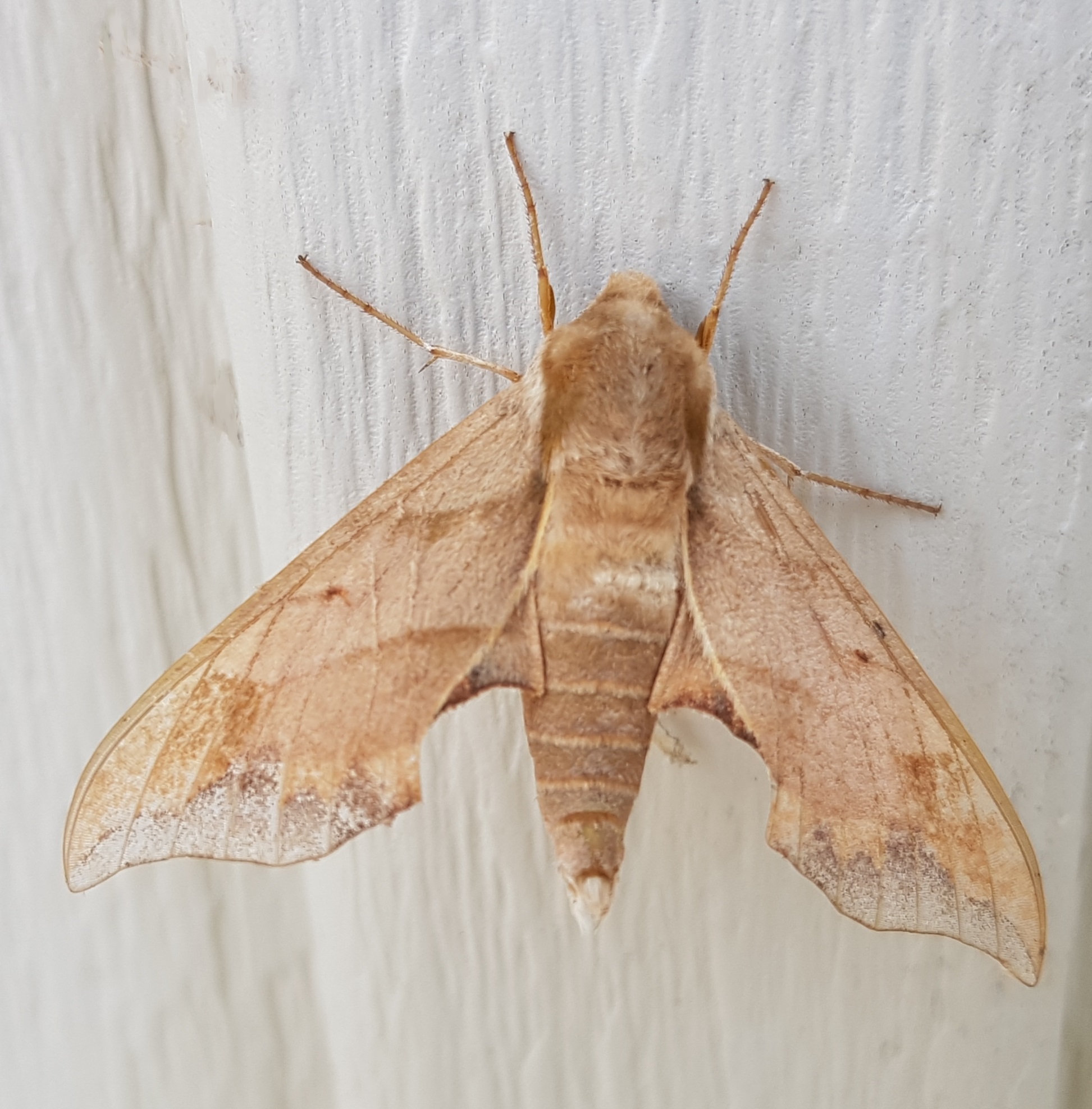
Using their ridged “teeth”, mouth, or spiracles (small holes in exoskeleton used for “breathing”), some moth caterpillars can produce clicks, chirps, whistles, and vocalization sounds.
To make sounds, Walnut Sphinx Moth caterpillars whistle by forcing air out of their abdominal spiracles.
This sound may not seem that frightening or loud to us, but it has been known to startle predators away from the hunt!
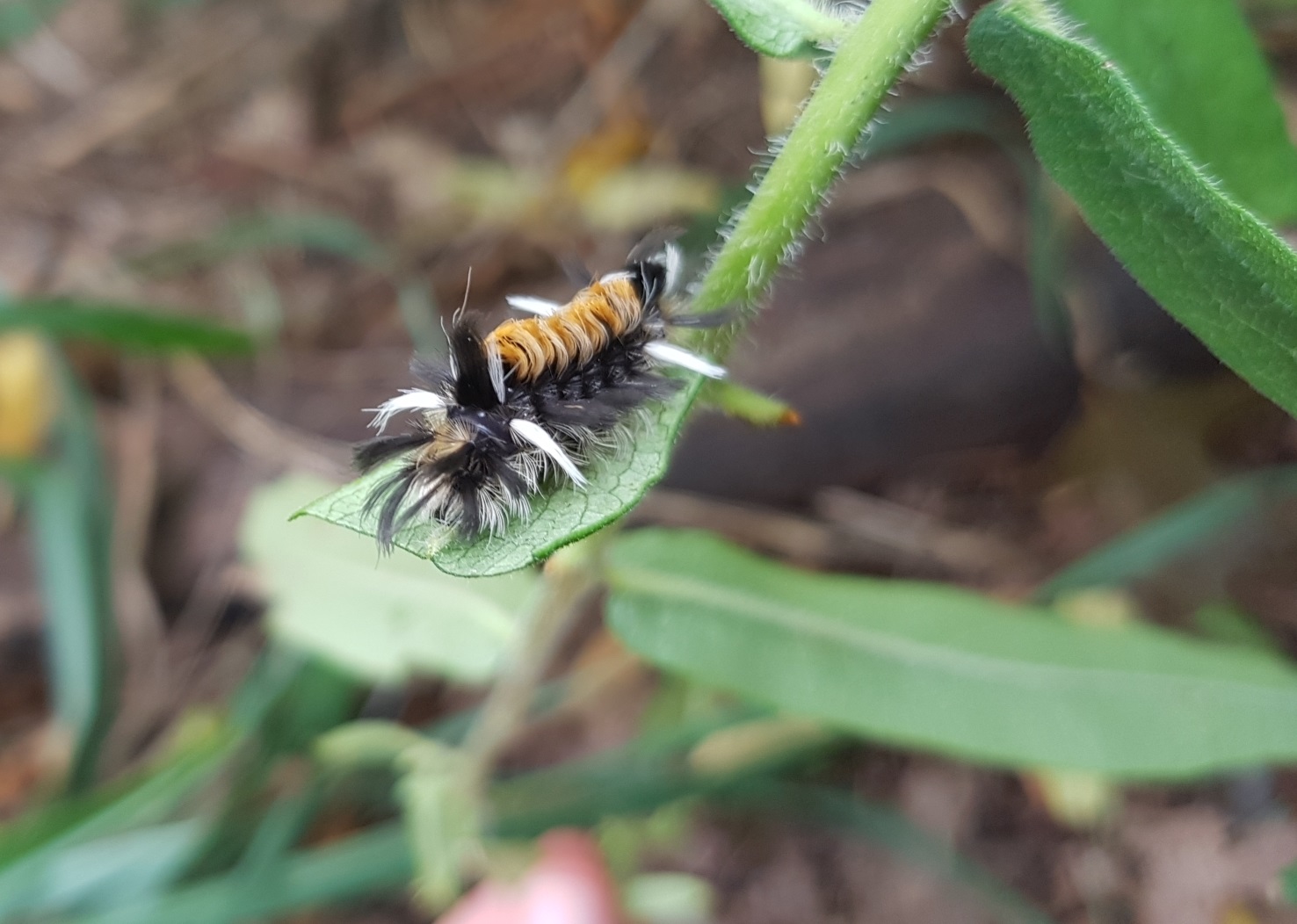
The sounds that caterpillars make can also warn predators that they have a chemical or other defense mechanism, or even trick a predator by mimicking another dangerous species.
~
Don’t be crass; it’s only frass
Frass is the word used to describe the poop of many insects, including moth caterpillars.
As caterpillars are eating almost constantly, they create a lot of frass, which can be used by predators to detect their location.
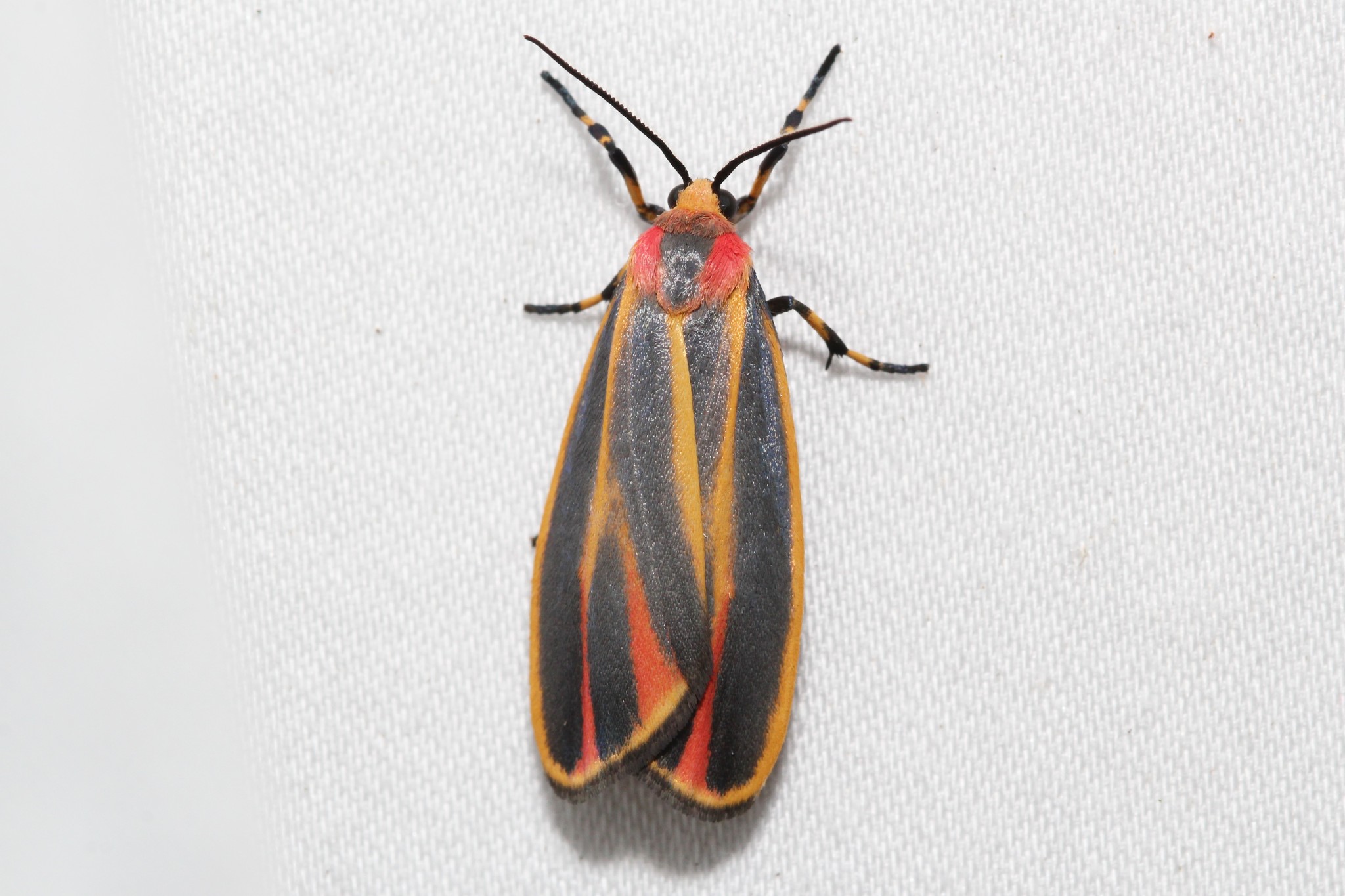
To avoid this, some caterpillars, like Lichen Moth caterpillars, will explosively expel their frass as far away as possible to hide their true location.
They have been recorded projecting their frass over 1.5x their body length away.
That’s one way to hide evidence of your feasting location!
~
All moths are night-fliers — not so fast!
Not all moths come out only at night.
Hummingbird Moths, which get their name from the way they move and fly like hummingbirds, are active during the daytime.
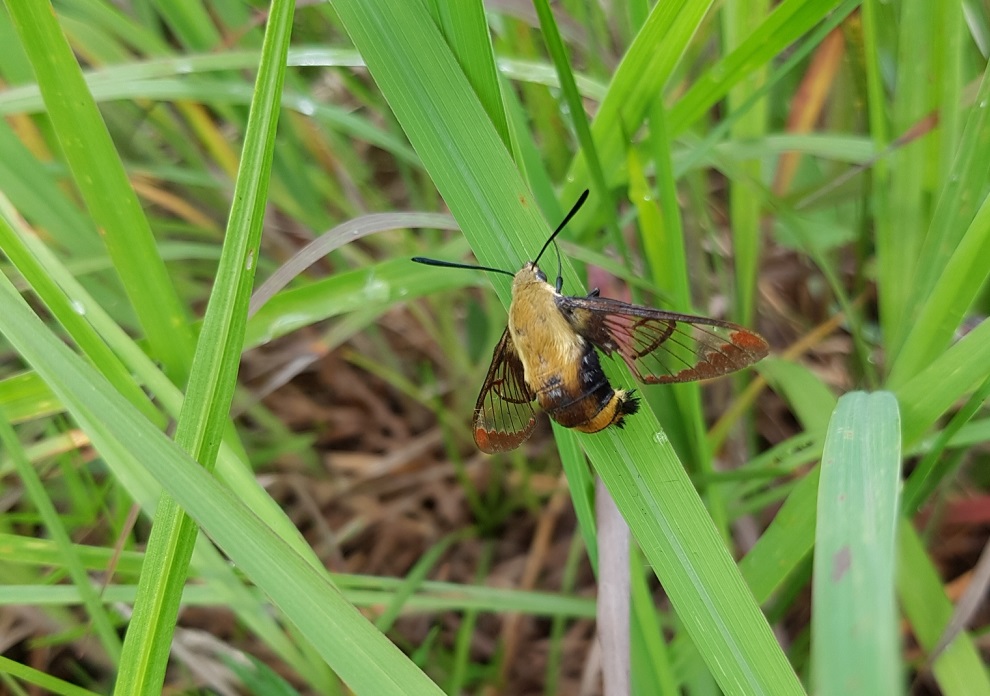
While it may seem odd to think of a moth being active during the day, it makes sense if you consider what this moth is imitating. Hummingbirds are active during the daytime, so to fully commit to the bit, this moth needs to be active when the sun is out, too!
Sure, it makes you more visible to predators like birds, but there are less birds out hunting other Hummingbirds than there are predators hunting tasty moths.
A perfect disguise.
Check out this awesome video to learn more about Hummingbird Moths and moth research in provincial parks!
~
To eat or not to eat, that is the question
Food is an important part of a growing and developing caterpillar’s life, but for some moths, once they reach their final life stage (as a moth), food isn’t the most important thing on their mind.
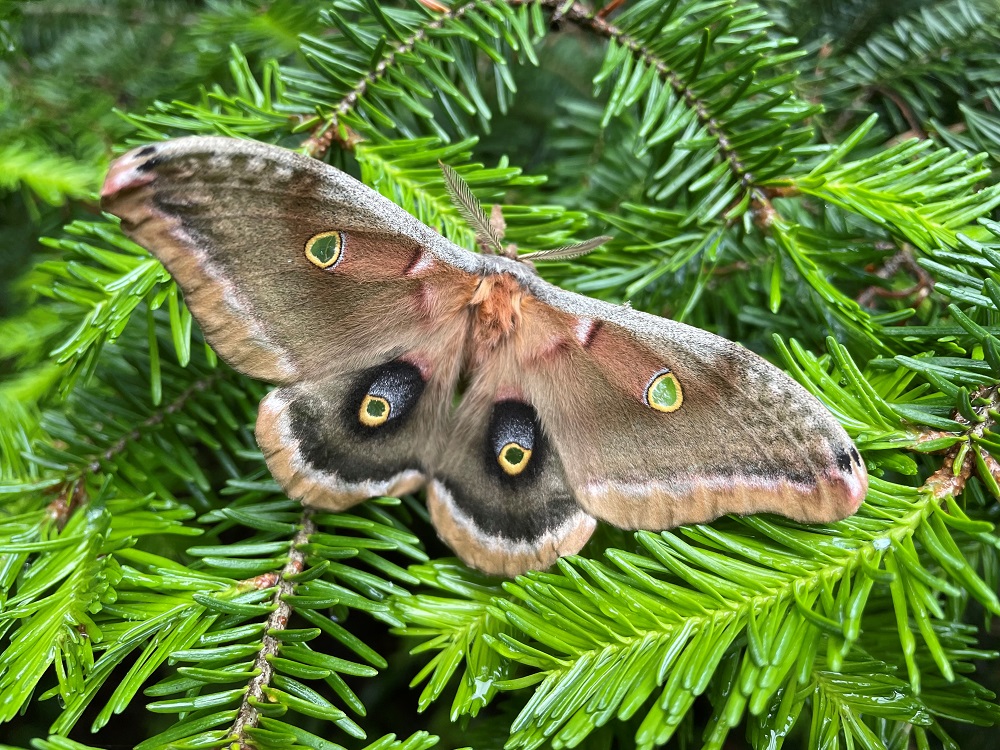
Polyphemus Moths only live for four days as adults, so finding a mate and laying their eggs takes priority.
With the end nearing, this moth doesn’t have a need or time to eat, which means they also don’t need a mouth. Its mouth parts have become vestigial, meaning they are non-functional. So, the answer to the question for some moths is: don’t eat; mate instead.
~
Long distance makes the heart grow fonder
Leading a solitary life, male moths may not know what love looks or sounds like, but they sure do know what it smells like.
For Male Luna Moths, finding a mate is based entirely on scent.
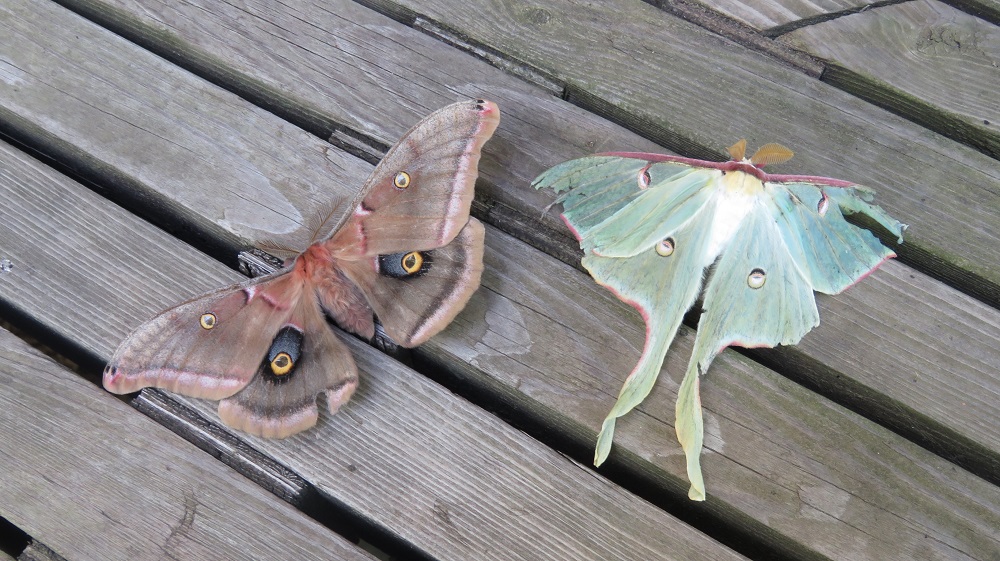
Female Luna Moths release sex-attractant pheromones that males detect using their bushy antenna. Once a male picks up on a scent trail, he must follow it, sometimes kilometres away, to find his mate.
Wind can disrupt the scent trail and other males might locate the female Luna Moth faster, making this no easy task! If the male is successful, it is love at first sight as adult Luna Moths only live for a week.
~
Staying off the menu
Some moths have evolved ear-like organs to pick up the echolocation squeaks of bats.
This allows them to take evasive action to avoid this major moth predator.
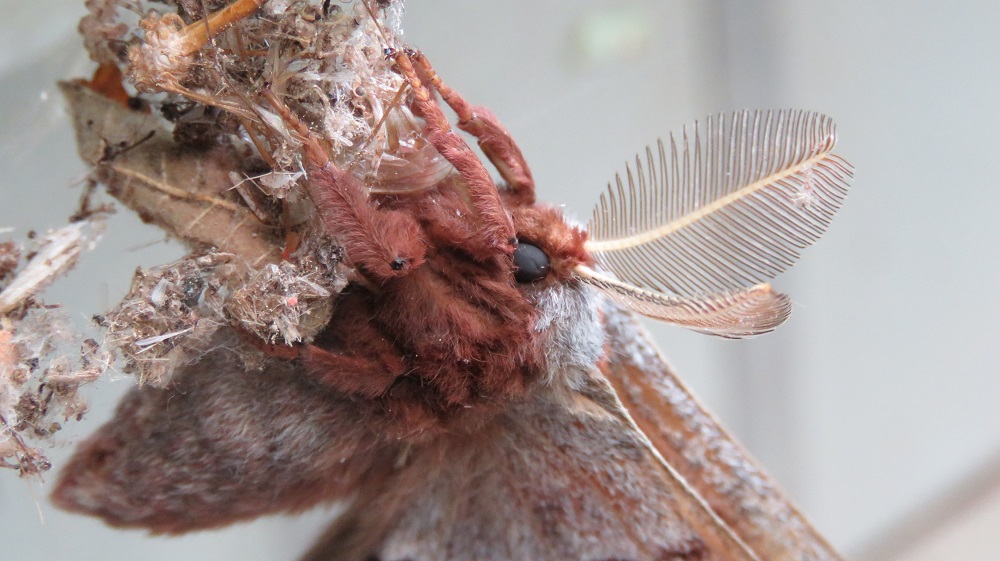
Once a bat is detected, a sudden change of direction, aerial loops, spirals, and even stopping flying to plummet to the ground are all useful ways to avoid being on the dinner menu.
~
We told you moths are marvelous!
Moth facts like these aren’t possible without research and observation from scientists and people like you.
Help park staff and the greater moth loving community learn about the moths that call Ontario home by submitting your moth sightings on iNaturalist.
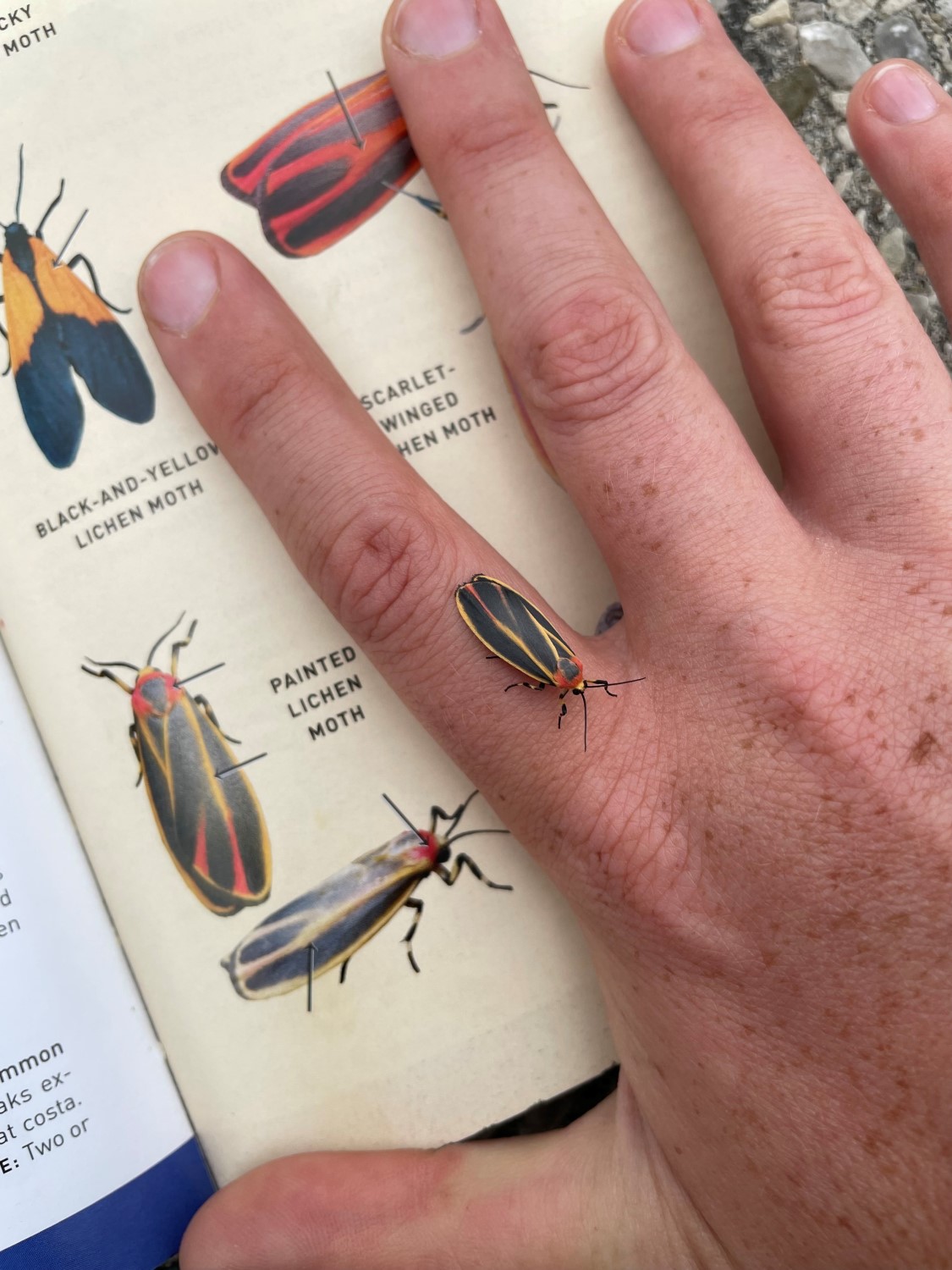
Have you seen a moth around a park and want to know more about it?
Talk to a Discovery staff member to learn more about your marvelous find.
We’ve got experts in our parks who would love to share a moth-er lode of facts with you!


